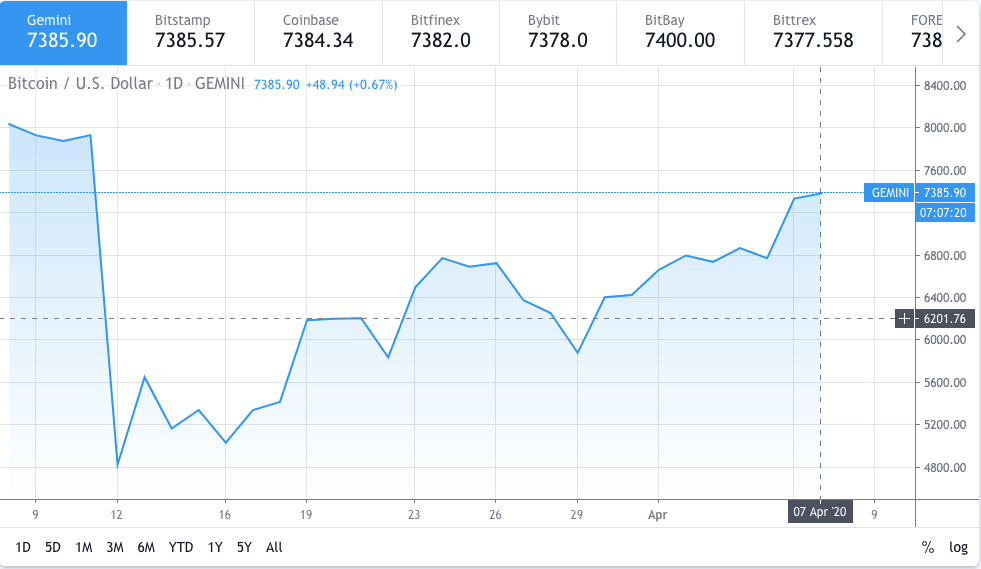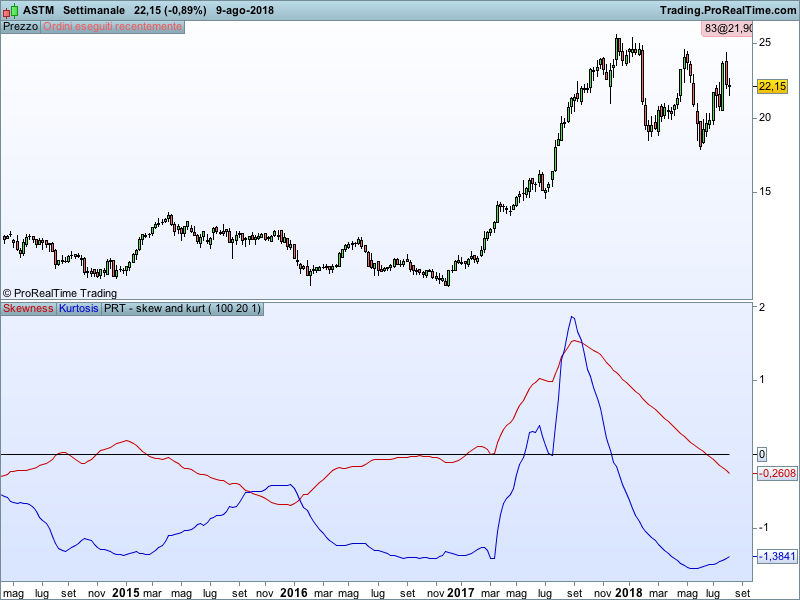Contents:


The most obvious is that the items are in the process of being produced. They may be on a conveyor belt in the act of fabrication or they may be waiting in a queue for further processing. Based in Atlanta, Georgia, William Adkins has been writing professionally since 2008. He writes about small business, finance and economics issues for publishers like Chron Small Business and Bizfluent.com.
Research Assistant (Process Modelling & Optimization) job with … – Times Higher Education
Research Assistant (Process Modelling & Optimization) job with ….
Posted: Fri, 14 Apr 2023 05:03:45 GMT [source]
The primary purpose of the prepaid rent report is to allow the contractor to monitor how they are doing on their jobs. While a project is underway, the estimated cost to complete should be constantly monitored and adjusted as necessary. Additionally, when change orders are encountered on a project, the contract price, total cost and estimated profit figures will change. Whenever a WIP is produced, jobs completed since the date of the last WIP should be included as well.
And then there’s stuff like labor and overhead.
For manufacturers, WIP Inventory is one small piece of the puzzle that helps you determine your costs, meet reporting requirements, and reconcile your balance sheet. For non-manufacturing eCommerce businesses and retailers, WIP inventory costs are often invisible—carried over into the price of the finished goods you purchase. But now that you understand what goes into calculating that cost, you know what questions to ask your manufacturer to ensure that you’re getting the best price for your goods. These raw materials are now part of WIP even though nothing has been done to them other than physically moving them to the workstation. They may sit around for days or weeks in the staging area and physically be no different from the raw materials in the storage areas, but they are part of WIP because we already did the transaction.
And this excludes the value of raw materials that are being held up in the inventory for sale. Work-In-Progress is an accounting entry on a company’s balance sheet referring to the money spent on materials, processes, and labor to manufacture a product. WIP inventory can be calculated by adding together the values of raw materials, labor, and overhead applicable to unfinished goods. The chief advantage of these systems lies in unified access to real-time production data. This enables deep insight into the actual cost of each product and helps to spot bottlenecks and identify areas for cost reductions and workflow optimizations. In practice, advanced manufacturers find the COGM and ending WIP values based on real data from their production management system.
It would require combing through the https://1investing.in/ process and itemizing every little inevitability. Work in process inventory and work in progress inventory are interchangeable phrases, for the most part. Though some within supply chain management do make a small distinction between them. Some folks refer to work in process inventory only in the context of production operations that move along relatively quickly. They reserve work in progress for larger-scale projects like consulting or construction work.
What does WIP stand for?
As work in process or work in progress is considered a separate category of goods therefore even in the financial statements they are disclosed separately from raw materials and finished inventory. The cost of purchasing a product factors into what it costs to make it (e.g., raw materials, labor, and production). Thus, your ending WIP inventory is essential to know for inventory accounting.
The WIP figure indicates your company has $60,000 worth of inventory that’s neither raw material nor finished goods—that’s your work in process inventory. Since WIP inventory takes up space and can’t be sold for a profit, it’s generally a best practice for product-based businesses to minimize the amount of WIP inventory they have on hand. However, it is not necessary that the number of units that were started during the period are fully converted or finished and thus take the status of finished goods. Therefore, the goods on which labour and overheads costs are applied but not yet converted completely are called work in process inventory.
Intuit does not endorse or approve these products and services, or the opinions of these corporations or organizations or individuals. Intuit accepts no responsibility for the accuracy, legality, or content on these sites. Now that you’ve got a grip on what WIP inventory is, you might be wondering why it’s important to classify in the first place.
Work in process vs. work in progress inventory
These 5 completed tables will be included in the finished goods inventory and ready to be sold. Work in process , sometimes called work in progress, is a type of inventory that lies in the manufacturing pipeline between the raw materials and finished goods inventories. In other words, WIP is the part of a company’s overall inventory that has begun being processed but is not yet finished. In accounting, WIP is an asset and designates the value of unfinished goods at the end of a financial period. Any part, product, or item that’s used to make merchandise inventory is listed on a company’s balance sheet.
Significant and recurrent underbillings may indicate slow billing practices, or possibly unapproved change orders for which the contractor cannot bill and may not be paid. If significant overbillings exist, the surety will want to see significant cash and receivables in the balance sheet.More on overbillings and underbillings. The current WIP Inventory value is calculated by determining the cost of all these metrics. You need to find a supplier that meets your needs and doesn’t take too much time, money or resources. When it comes to inventory management, better insights mean better decisions.
What Is Process Mining? (Definition, How Does it Work?) – Built In
What Is Process Mining? (Definition, How Does it Work?).
Posted: Tue, 11 Apr 2023 17:00:00 GMT [source]
Another reason for work in process inventory is safety stock, buffer stock, or anticipation inventory. Some companies find it beneficial to hold on to goods at certain stages of production as insurance against shortages of supply or spikes in demand. Vendor managed inventory agreements are often helpful in determining the right purchase orders to protect against supply chain surprises. The ending work in progress inventory is important for a couple of reasons. Because it is an asset, not calculating the WIP and including it on the firm’s balance sheet may cause the total inventory to be undervalued and the cost of goods to be overstated.
Company
This can congest the shop floor, complexify routings, and introduce extra costs due to needless transportation. If WIP is too small, bottlenecks and stoppages arise, stretching lead times. Failure to comply with these regulations can result in penalties, fines, audits, and other legal consequences. Most merchants calculate their WIP inventory at the end of a reporting period (end of quarter, end of year, etc.), and are looking for their “ending WIP inventory”.
- As inventory moves through the production process from raw materials to finished goods, labor and manufacturing costs are added to arrive at the total Cost of Goods Manufactured.
- Finally, when the product is sold, it moves from a form of inventor to cost of goods sold on the balance sheet.
- Too much WIP inventory increases the risk of materials becoming lost, broken, expired, or obsolete before they have a chance to be assembled.
- Recently, an inventory glut has forced even large retailers to offer deep discounts and offload excess inventory, ultimately damaging earnings.
- Katana’s manufacturing ERP also provides tools to help you manage your WIP inventory effectively, such as the ability to set reorder points, so you know when WIP levels reach a certain threshold.
- As work in process or work in progress is considered a separate category of goods therefore even in the financial statements they are disclosed separately from raw materials and finished inventory.
In addition, the market may be more willing to buy work in process goods outright if they are for standardized goods. On the other hand, work in progress assets are usually treated as long-term assets. These undertakings may take years to complete, and the financial benefits of work in progress projects may not be fully recognized within the next year. This content is for information purposes only and should not be considered legal, accounting, or tax advice, or a substitute for obtaining such advice specific to your business. No assurance is given that the information is comprehensive in its coverage or that it is suitable in dealing with a customer’s particular situation.
Let’s see how we can use costs to make WIP even messier.
Once the goods are finished, the cost is transferred to the finished goods account, then eventually to the cost of goods sold. On the other hand, ‘work in progress’ is often used in construction and other service businesses and refers to the progress of a project and how much it costs compared to the percentage of completion. When these terms are used by businesses selling a physical product, both mean the same thing. Work in progress assets are much larger endeavors and may require capitalization if the work in progress investment is not an inventory item.

Now the firm calculates total manufacturing costs for the period by adding the $500 cost of direct materials used, $1,000 direct labor incurred, and $200 manufacturing overhead costs. Firstly, when raw materials and components are consumed and transformed in manufacturing processes, they gain value by incurring labor and overhead costs. Due to this, WIP inventory has some separate accounting considerations, tracking WIP value is crucial for a company’s financial health.

Harold Averkamp has worked as a university accounting instructor, accountant, and consultant for more than 25 years. Data lakes influence the modern data management platform at all levels. You work with multiple suppliers to source materials then send them to a manufacturer to assemble your finished goods. A WIP is different from a finished good which refers to a product that is ready to be sold to the consumer.
That means your accounting team needs to calculate how much cash is tied up in inventory at the end of every accounting period. Most business accounting systems will allow you to set up multiple inventory accounts. In conclusion, it seems that “Work in Progress” is a phrase that primarily describes the cost of unfinished goods remaining in the production process.